When you think of gardening, you probably don't think about finding a coin that is 700 years old. This is, however, exactly what happened to 9-year-old Kate Harding, a British girl who was helping her mother do some garden work. It was when she was digging in the dirt that she happened upon the coin.
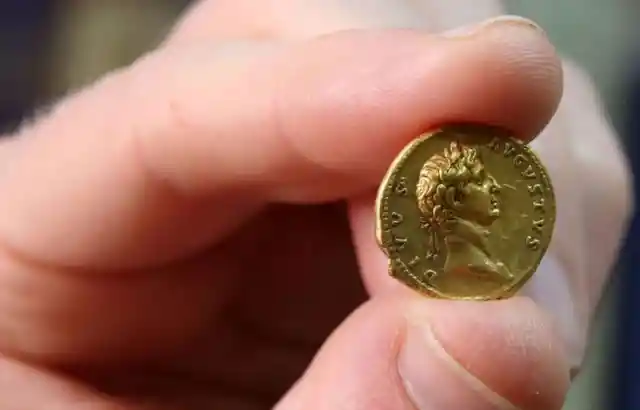
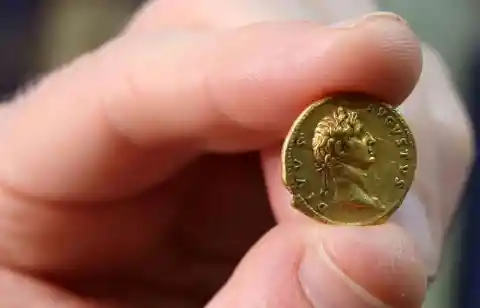
She didn't know, however, that many years later, that same lucky find would bring the police right to her door.
Being only 9 years old, Kate didn't really think much of her discovery. She kept it and never talked about it to anyone.
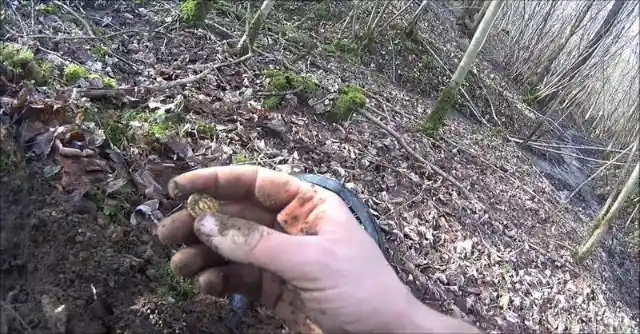
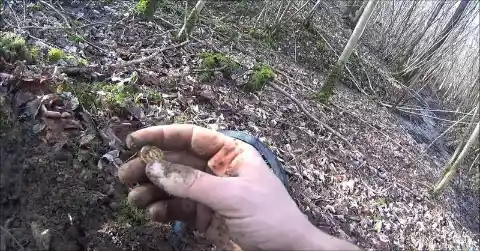
Sadly, a few months later, her life was thrown into chaos when her mother passed away. Kate still had the coin and always kept it as a reminder of the fond moments she had spent in the garden with her mother. 14 years later, however, Kate started to become curious about the coin.
Growing up, Kate had been unable to find any information about the coin. When she was 23 years old she decided to finally discover the history and origins of the coin. She decided that experts from the local museum would be the best place to start so she approached them about the coin.
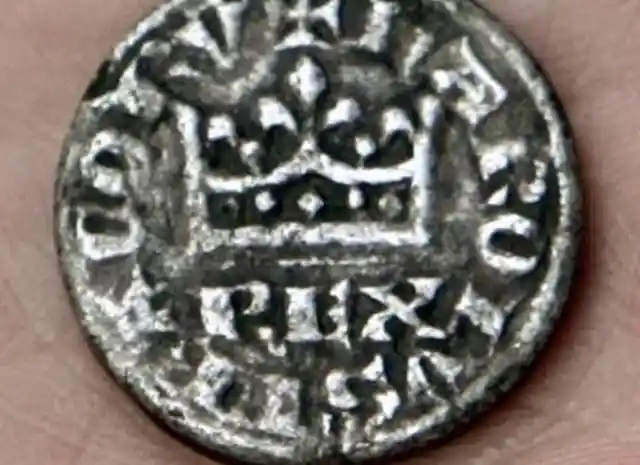
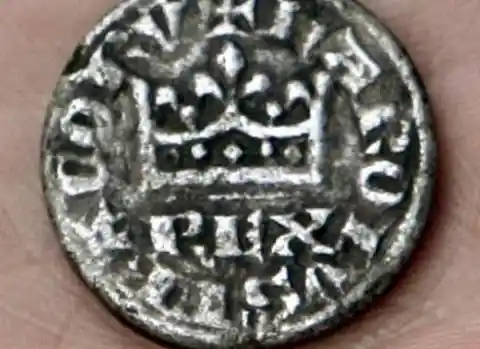
What she didn't realize was that her actions were about to get her into serious trouble.
After inspecting the coin closely, Kate was informed that her keepsake wasn't a coin at all. Not only had it never actually been used as currency, but it was also one of only four such "coins" ever found in the UK.
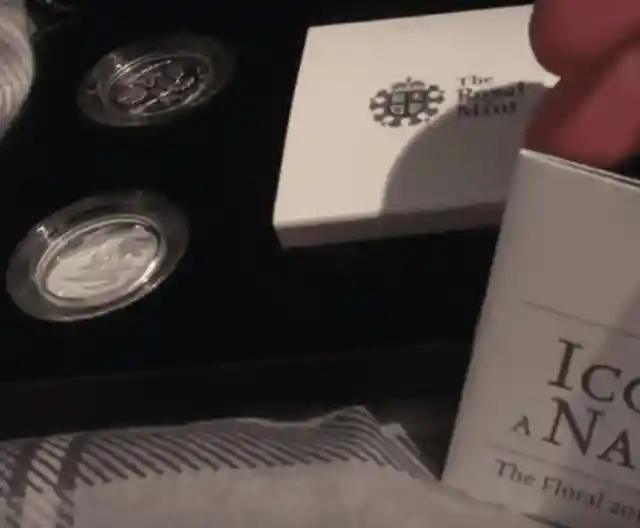
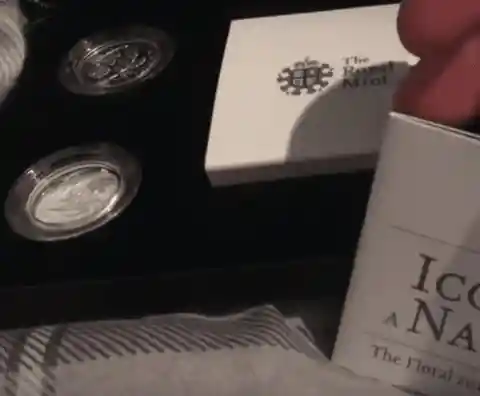
While this might sound like great news, it was, in fact, not good news at all.
While it looked like a coin it was actually what's known as a piedfort.


Piedforts are usually twice as thick and heavy as a normal coin. Kate was understandably excited and happy to discover that her treasured item was indeed a valuable treasure, but her excitement wouldn't last.
No one really knows what piedforts were used for, though it is believed that were used as a guide by mint workers or to help officials as reckoning counters. This specific piedfort was representative of the Charles IV's 1322 ascension to the throne of France.
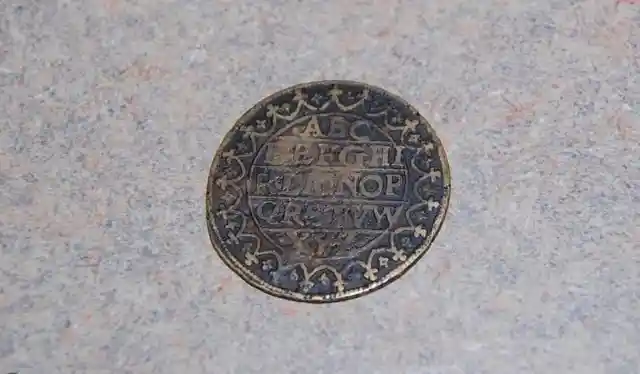
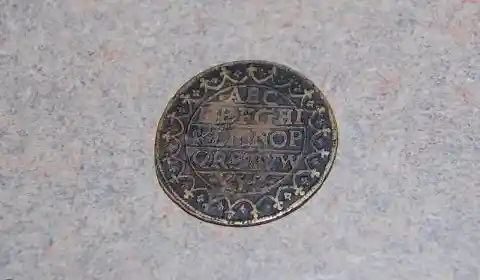
This meant that it was more than 700 years old and incredibly rare. The news was so surprising that Kate didn't pay enough attention to what she was told next.
Because it was so rare, the piedfort was worth approximately $3,000. Even though it was so valuable, Kate knew that she would not sell the coin, no matter what. While the coin was worth a lot of money, the sentimental value it held was worth much more to Kate.
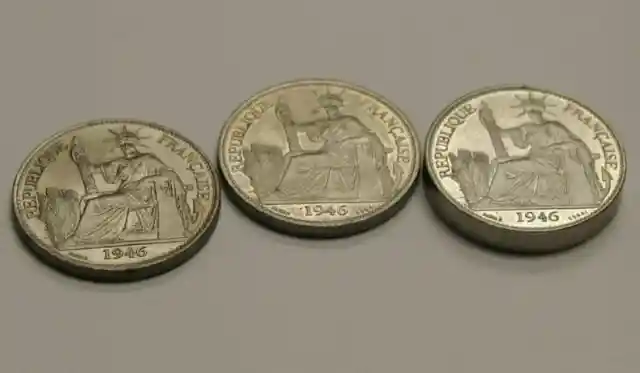
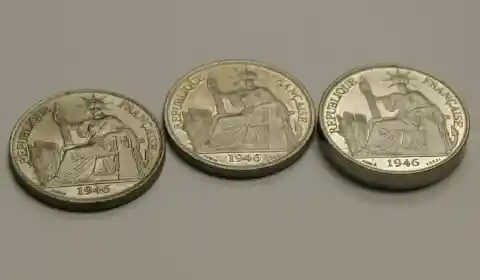
She felt closer to her mother whenever she looked at it. The police, however, would not be as sentimental.
Kate was told that she needs to inform the local coroner about the coin so that the coin could be examined more closely and so that the museum, who wanted to buy the coin, could begin negotiations. Kate, however, had no intention of selling the piedfort and intended to keep it.


She ignored the request but she didn't know that the museum wasn't about to leave it at that.
The museum sent her numerous letters and eventually, she started to get daily calls from the museum staff.


Since she wasn't going to part with the piedfort, Kate ignored the calls and letters, though she couldn't do so indefinitely. Kate had no idea of the trouble about to descend on her when the South Shropshire coroner, Anthony Sibcy, was informed of the situation.
One day Kate opened her door to find the police on her doorstep, issuing her with a summons to appear in court. She didn't understand what she could have done wrong. To her mind, the piedfort was hers because she had found it.


What she didn't know, however, was that the law didn't agree with her. She was to be the very first person to ever be prosecuted under the laws of the 1996 Treasure Act.
The 1996 Treasure Act states that any item that isn't a coin, that is more than 300 years old, and contains 10% of any precious metals, must be reported within 14 days to the local coroner. Kate did not do this. According to the act, Kate had now committed a criminal offense simply because she wanted to keep the item that held sentimental value.


Was Kate right? Or was the law?
Kate was in deep trouble. Not only was she arrested and prosecuted, but she was also facing up to three months in jail. Luckily, her lawyer, Brendan Reedy, was determined to not let it happen.


The defense that Brendan Reedy used was that the coin had sentimental value to Kate and that she didn't report it due to disorganization. However, it remained to be seen if this would be enough to sway the court.
Kate still had no intention of giving up the piedfort though she admitted that she did not contact the coroner. As far as Kate was concerned, the fact that the piedfort was a valuable and rare item was of no consequence.


To her, it was a memento of her late mother and all she had left of her. In Kate's eyes, that made it absolutely priceless. Even so, Kate knew that even if she won the case, she may need to give up the piedfort.
After quite a lengthy legal battle, Kate was eventually free. She received a conditional discharge and was ordered to pay roughly $30 in legal fees. However, she hadn't managed to win the right to keep the coin.


And in Kate's mind, the piedfort was hers. She agreed to do what she was supposed to do months before. Kate decided to contact the coroner, but not without having an ace up her sleeve.
The museum had offered Kate $3,000 for the piedfort, however, when she spoke to the coroner she claimed that she had lost it. This also meant that the museum wouldn't receive the 700-year-old piedfort.


Of course, the public became aware of the entire story and they were very upset. One person, for example, wrote: “Since when did museums become law enforcers? I too would ignore threatening letters from a bunch of ‘collectors.’”
Internet users were astounded that such an unnecessary lawsuit even took place. One internet user wrote: “They took this woman to court over a coin! This is ridiculous!


I’m all for preserving English heritage, but quite rightly this is her property, what happened to possession is 9/10ths of the law?” "That is crazy! She found it fair and square, why does she have to give it up?” another user posted.
Alan, an internet user from Coventry, had his own questions about the case. “I can’t understand how she could be found guilty.
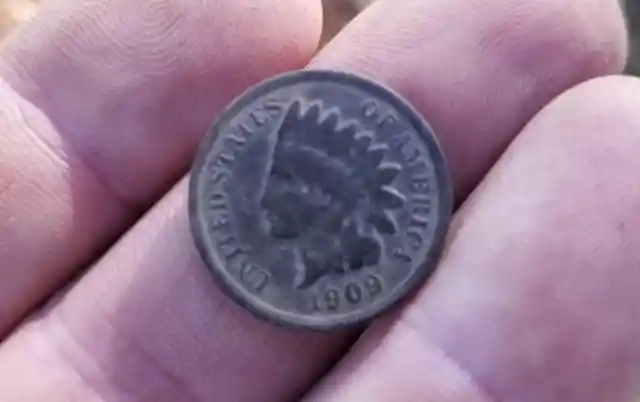
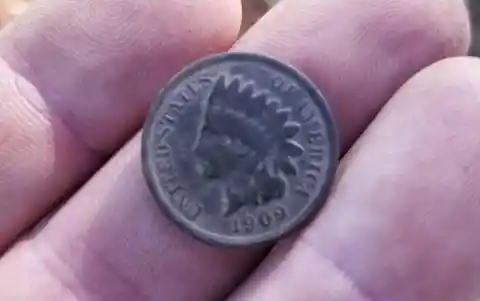
If the find was in 1996, did it occur before or after the Treasure Act came into force? Can the prosecution prove the date of the find?” Whatever the case, it was clear that someone desperately wanted to get their hands on the piedfort.
Alan had even more questions about the case: “Secondly, if it took place 14 years ago she was only 9 years old. What was the age of criminal responsibility at the time?


For juveniles under the age of 15, the prosecution would still have to prove that she knew that the act was seriously wrong.” “As the magistrates’ appalling ignorance of the law has given her a criminal record, I think she should appeal before a real judge,” he stated.
For Kate, who kept it safe for 14 years, to have lost the piedfort seems unlikely. It was clear that she would have done anything, including lying, to keep it safe. If it were you in her position, what would you have done?


Would you have done the same thing? Would you be able to give away an item that, to you, is priceless and reminded you of your mother who had passed away?
After Kate had lost the piedfort, the authorities no longer bothered her. Sadly, the whereabouts of the coin remains a mystery, meaning that it can't be examined any more. Even though she was offered $3,000 for it, we are fairly certain that the coin is still in Kate's possession.
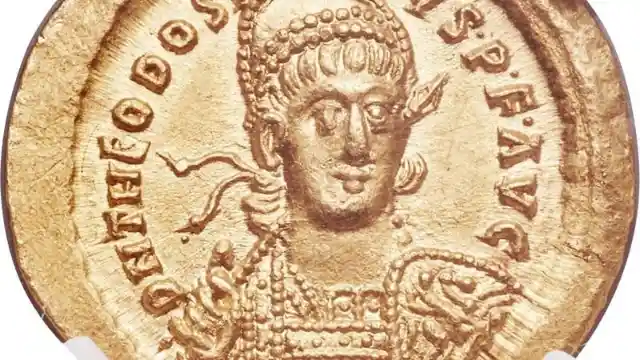
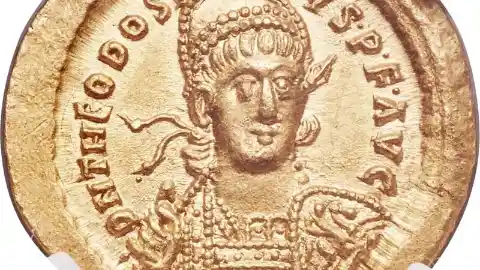
Hopefully, it will be passed down through her family and it would mean that the coin will be seen by others in the future.